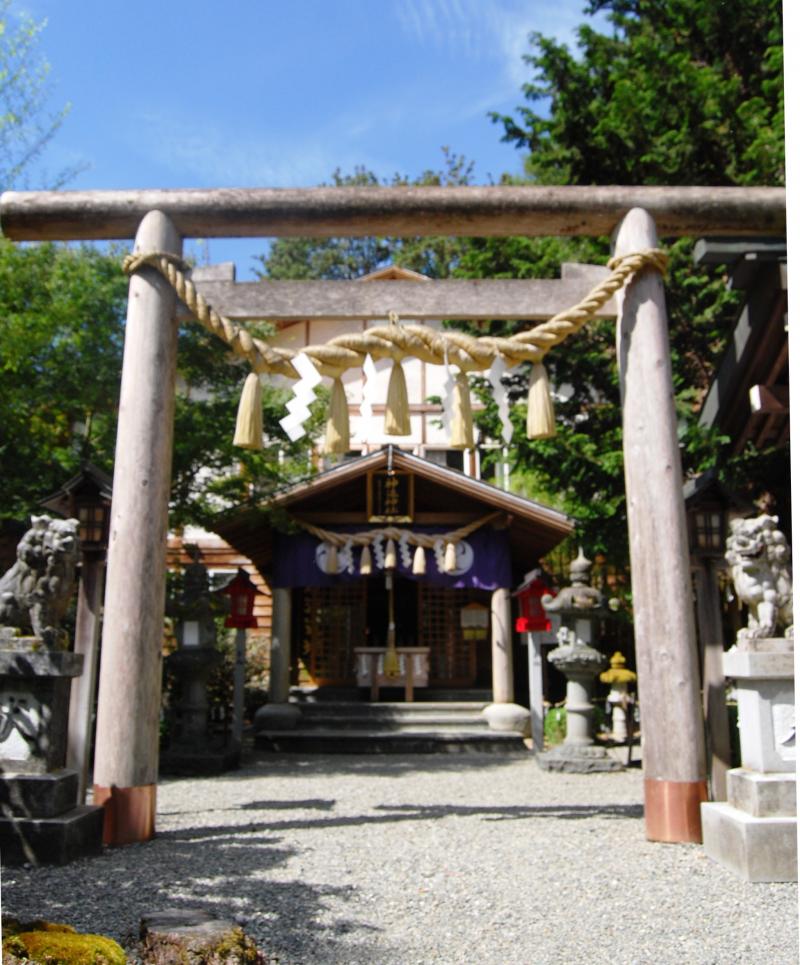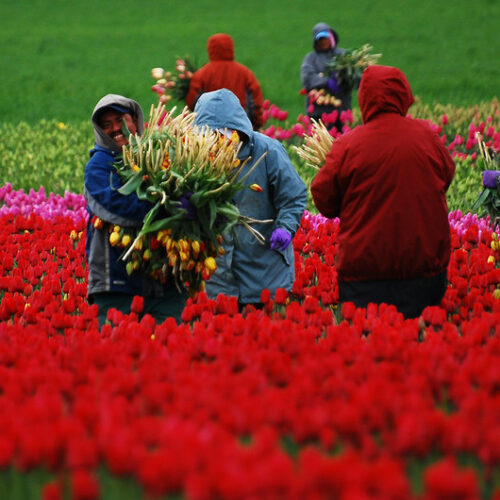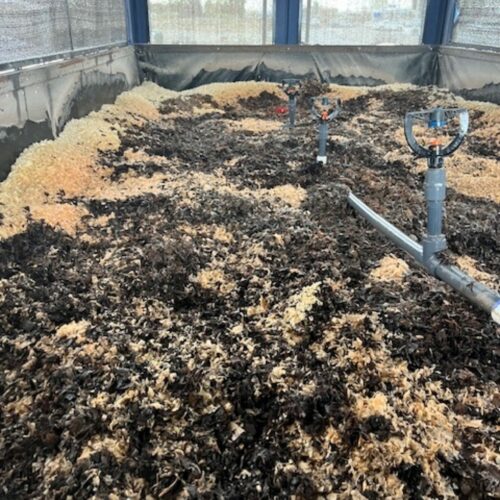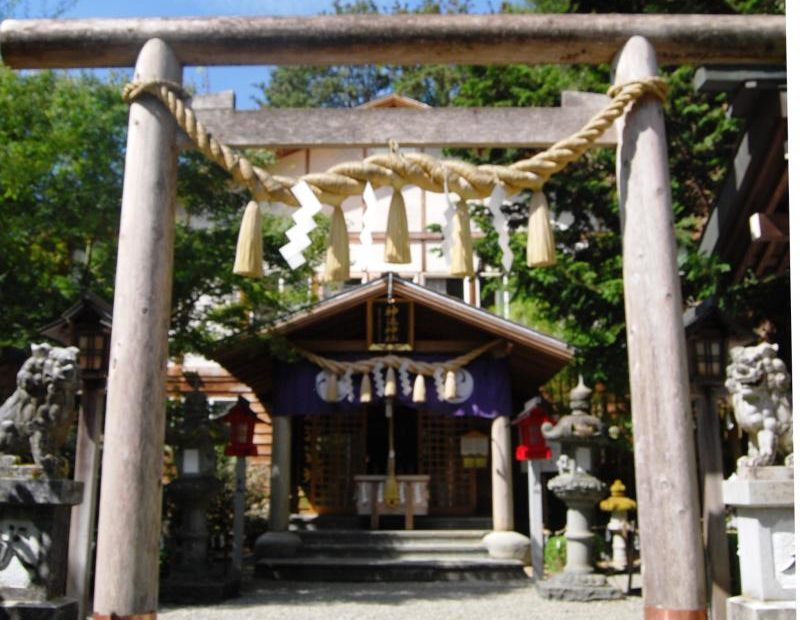
What’s So Special About This Shinto Shrine? The Priest Isn’t Japanese, But That’s Not All
Listen
Off Crooked Mile Road in Granite Falls, Washington stands a giant wooden Torii. This Japanese arch marks the entrance to the only Shinto shrine on mainland U.S. soil: the Tsubaki Grand Shrine of America. It’s serene here cedar trees rising up along the banks of the Pilchuck River. This is the perfect location for the shrine because the essence of Shintoism is the love and reverence of nature, as well as the worship of Kami spirits.
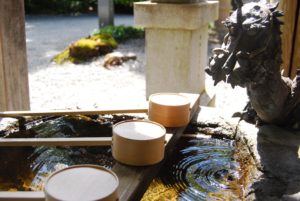
A fountain where visitors wash their hands and face before entering the shrine. There are picture directions above the fountain for new visitors on how to cleanse themselves.
SUEANN RAMELLA / NWPR
You know that spiritual uplift you get as you stand at the edge of the ocean, or as you’re looking up at trees soaring up into the forest canopy? The Japanese say that connection is because of the Kami spirits. They’re everywhere…in nature and the universe, but also in buildings, furniture and objects. They are the spirits of the deceased, and animals. Kami have good and evil, positive and negative traits.
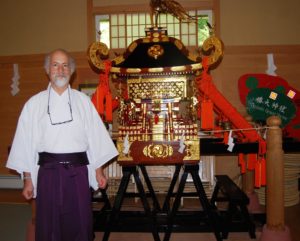
Rev. Barrish stands next to a Mikoshi, a palanquin to carry a spirit. Mikoshi translates to portable Shinto shrine.
SUEANN RAMELLA / NWPR
Shinto is the indigenous spirituality of Japan with nearly 4 million people practicing it worldwide. The vast majority of Japanese consider themselves non-religions but do take part in Shinto and Buddhist rituals and celebrations.
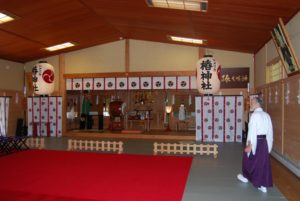
Inside the Tsubaki Grand Shrine of America. The heady aroma of white cedar fills the interior of the shrine.
SUEANN RAMELLA / NWPR
The Tsubaki Grand Shrine of America is home to Sarutahiko-no-O-Kami, the ancestor of all earthly Kami. O-Kami’s wife, Ame-no-Uzume-no-Mikoto, is the Kami of arts and entertainment, harmony, meditation and joy. Different shrines are home to different Kami.
In a less ethereal sense, the Grand Shrine of America is also home to one of the world’s first non-Japanese Shinto priests, the Reverend Lawrence Koichi Barrish. A tall man with a white beard – and obviously not Japanese –Barrish recounts his calling with a cadence that reflects his time in Japan.
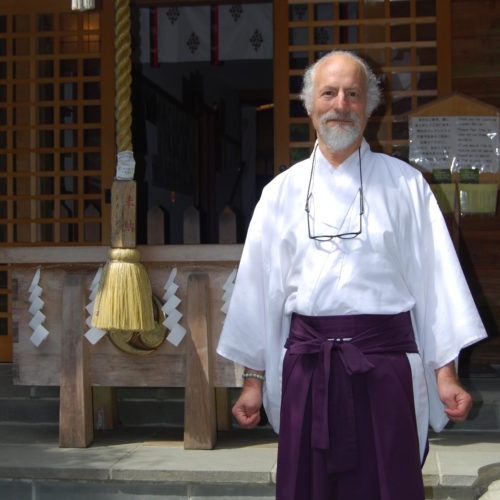
Reverend Koishi Barrish stands in front of the entrance to the Tsubaki Grand Shrine of America. Before the shrine was officially moved here, Rev. Barrish had built his own Shinto shrine in this location.
CREDIT SUEANN RAMELLA
Rev. Barrish: “About 27 or 28 years ago I first went to Tsubaki Grand Shrine in Japan. And when I went there I had a really strong experience. It was a special life moment. I really liked that place and loved it. The place has an amazing sacred heart, deep spirituality. Most amazing place I’ve ever been in the world. In any case, I liked the vibration. I thought it the truest expression of Jindo Shinto of human beings progressing in harmony with divine nature. I was profoundly affected and moved by it. At that time I was curious, was it possible for me to become a Shinto priest. And I learned it was impossible; because in the thousands of years of Jindo Shinto there had been no non-Japanese Shinto priest.”
He was told he could not be a priest, but no one told him he could not build his own shrine, so he did, here in Granite Falls. He named it named it Kanagara Jinga.
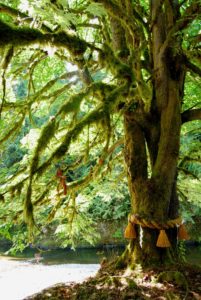
An old tree is adorned with a shimenawa, a straw rope with white zigzag paper stips. It marks the boundary to something sacred.
SUEANN RAMELLA / NWPR
At that time, the Tsubaki Grand Shrine of America was in Stockton, California. It was built in 1987 with a direct connection to the Tsubaki Ōkami Yashiro shrine in Japan, one Shinto’s oldest and most significant shrines. Rev. Barrish traveled between the two spots in California and Japan to learn how to care for his shrine.
Rev. Barrish: “Eventually my teacher, Yamamoto Yukitaka, Sendai Guji, the previous high priest of Tsubaki Grand Shrine (he was the 96th generation of his family to serve as high priest) decided I should receive a license as a Jindo Shinto priest. It was the first time in history for such a thing to happen. He consulted with high level people in the world of shrine Shinto and they decided to make it happen.”
In 2001, 17 acres in Granite Falls and across the street from Barrish’s shrine was donated to the Tsubaki Grand Shrine of America. It was then decided by the Shinto priests in America to combine the shrines in Washington.
Rituals are at the heart of Shinto. Rev. Barrish conducts ceremonies and blessings for those who come to the shrine. And because it is the only shrine on the mainland, Rev. Barrish receives many requests from members around the United States for blessings. There are special ceremonies for the construction of new buildings, the start of a new business, marriage and births. People will seek ceremonies to avoid misfortune, and for the significant 40th and 70th birthdays. Rev. Barrish has seen a growing number of people attend New Year’s celebrations with nearly a thousand people visiting the shrine.
Shinto is inclusive, which means you can practice a different religion and also take part in Shinto ceremonies. Walking around the grounds, Rev. Barrish shows me the different stations and smaller shrines where people place their wishes, and fortunes.
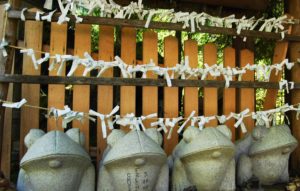
There are many frog sculptures around the shrine. Rev. Barrish said they bring good luck. Here frogs stand in front of hundreds of O-mikuji. O-mikuji are fortunes left by followers.
SUEANN RAMELLA / NWPR
Rev. Barrish: “Here is a special statue gifted by shrine members from Idaho, interestingly enough. This is a statue representing the main kami of the shrine, Sarutahiko-No-O-Kami.
Ramella: “Idaho?”
Rev. Barrish: “Yeah, we have shrine members all over.”
Ramella: “Were they Japanese?”
Rev. Barrish: “No, no. Shinto is not a religion, so there’s no follower or non-follower. It’s a complex and different thing. If you are trying to understand Shinto by comparing it another religion you are more or less doomed to failure. You can’t. It’s a different thing. A more analogous comparison would be to Native American spirituality. Basically, Shinto originates in Japan’s deep pre-history from people’s spontaneous reverence for great nature. In contrast to religion, religion always has a founder. And the natural spirituality existed from a much earlier time in human history and there never was a founder. Basically, Shinto is the teaching of nature.”
All are welcome to the Tsubaki Grand Shrine of America. Their next festival is the Great Fall Ceremony on October 13th when the inner shrine is opened, and special food is offered to O-Kami, the ancestor of all kami spirits.
Copyright Northwest Public Radio 2013
Related Stories:
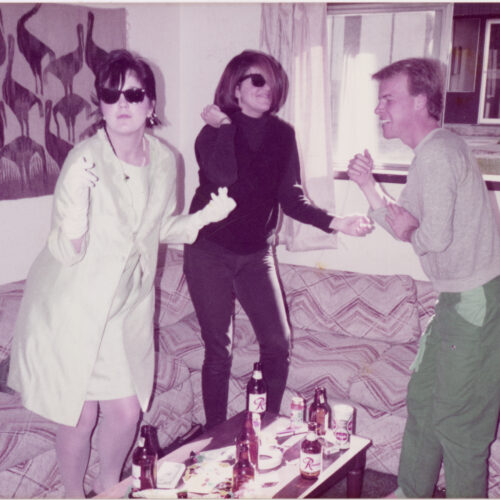
‘Higher Ground’ exhibit explores queer life on the Palouse
A new exhibit of queer art and ephemera at Washington State University is showcasing LGBTQ+ lives and experiences in the rural Palouse region.
Continue Reading ‘Higher Ground’ exhibit explores queer life on the Palouse
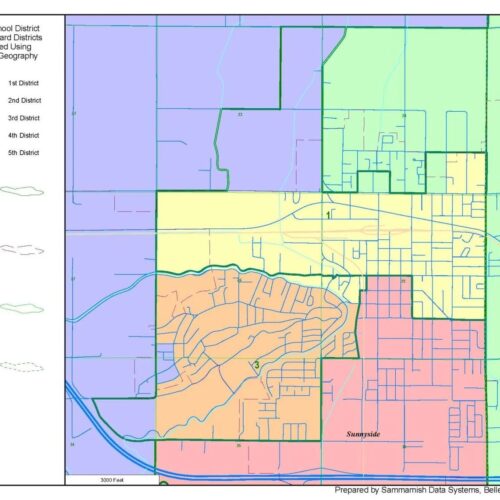
ACLU to challenge Sunnyside School District Board elections
The Sunnyside School District Board could be the next jurisdiction to face a lawsuit for violating the Washington State Voting Rights Act. A group has notified the District that the election system dilutes the Latino vote, and if it’s not fixed, the District could end up in court. Continue Reading ACLU to challenge Sunnyside School District Board elections
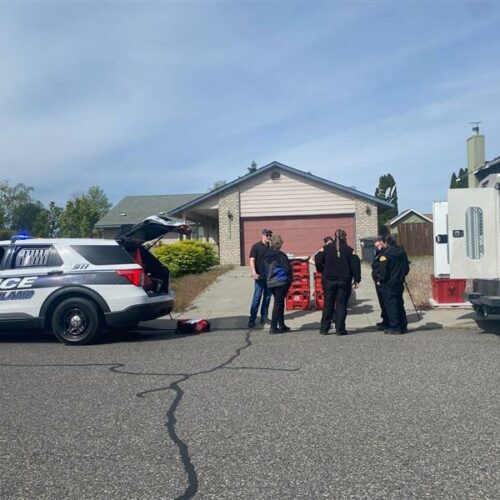
West Richland double-murder, kidnapping suspect shot at police, officials say
FBI, county and police officials wait for the all-clear to collect evidence at the home of Elias Huizar, 39, where his 17-year-old girlfriend, Angelica Santos, was found dead. (Credit: Anna… Continue Reading West Richland double-murder, kidnapping suspect shot at police, officials say

